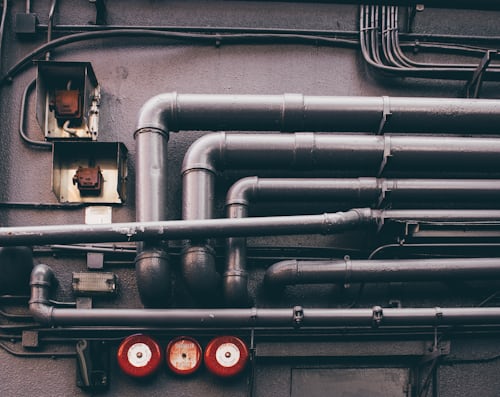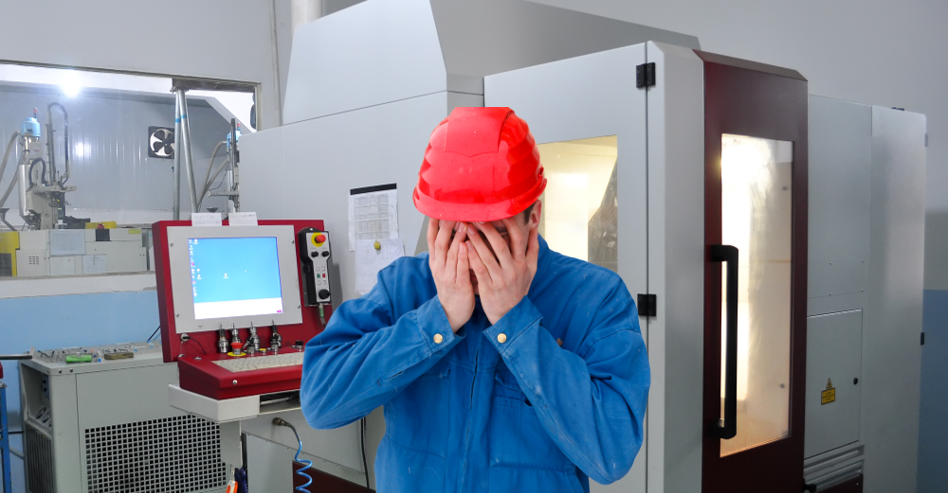PVC DWV piping is a type of PVC pipe used for water, gas, and oil pipeline applications. It is a thermoplastic material that is resistant to corrosion and has high strength and durability. PVC DWV piping is available in a variety of diameters and lengths. PVC Fittings are a type of PVC pipe fitting that is used to connect two pieces of PVC pipe. They come in different sizes and shapes to fit a variety of applications. PVC fittings are also available in different colors to help identify them. PVC Plumbing Supply stores offer a wide variety of PVC pipes, fittings, and other plumbing supplies for home repairs and construction. PVC pipe is a versatile material that can be used for a variety of purposes. PVC pipe is available in a variety of sizes and colors, making it an ideal material for use in construction.
PVC pipe is made from a plastic compound called PVC, which is derived from petroleum. PVC pipe is resistant to corrosion and makes an excellent material for use in water and gas pipelines. PVC pipe can be made from a variety of materials, including but not limited to plastics, rubber, and metal. PVC pipe is most commonly made from plastic, but it can also be made from rubber or metal. PVC pipe is very durable and has a number of uses, including but not limited to water utilities, residential and commercial plumbing, and oil and gas pipelines. PVC pipe is made from a mixture of polyvinyl chloride (PVC) and other additives. PVC is a plastic that is used in products such as toys, furniture, DVDs, and medical supplies. PVC is also used in plumbing materials because it is flexible, durable, and affordable.

Pros and Cons of Plastics Polyvinyl Chloride (PVC)
Polyvinyl chloride (PVC) is a synthetic polymer with many uses, including pipe, tubing, and plastic sheets. PVC is made from two types of molecules- chloroprene and bromine- that are combined to create a flexible material. The most common type of pvc pipes malaysia is PVC Schedule 80, which has a rating of 80 psi. This means that PVC can withstand a pressure of 80 kilopascals (kpa).PVC is inexpensive and easy to work with, making it a popular choice for pipes and tubing. However, PVC is not environmentally friendly because it can release harmful chemicals when it’s heated or cut. In recent years, there has been a great deal of discussion about the pros and cons of plastic polyvinyl chloride (PVC).

PVC is a common material used in a variety of products, from pipes to wires to insulation. PVC is one of the most affordable materials available, making it a popular choice for a variety of applications. PVC is resistant to many types of weathering and degradation, making it an ideal choice for use in outdoor environments or in areas that see a lot of foot traffic. PVC is relatively flexible, which can make it an ideal choice for applications such as piping and ductwork. PVC can be recycled multiple times without losing its properties. This makes it an environmentally friendly option compared to other materials options. PVC can be molded into a variety of shapes and sizes, making it an ideal choice for a variety of applications. While PVC is an affordable and durable option, some people may find its appearance unattractive.




